Search
Search Results
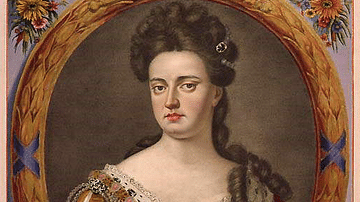
Definition
Anne, Queen of Great Britain
Anne reigned as Queen of England, Scotland, and Ireland from 1702 and then, following the 1707 Act of Union, over a united kingdom as Queen of Great Britain until her death in 1714. The last of the Stuart monarchs, Anne's reign witnessed...
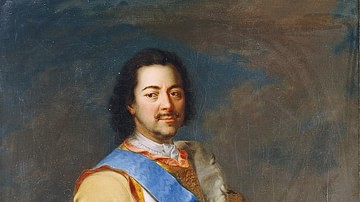
Definition
Peter the Great
Peter I of Russia (Peter the Great) was the Tsar of Russia from 1682-1721 and Emperor of Russia from 1721-1725. During his long reign, Peter had absolute power and brought real change to Russia, including building its first navy, introducing...

Article
The Mystery of the Great Sphinx
Buried for most of its life in the desert sand, an air of mystery has always surrounded the Great Sphinx, causing speculation about its age and purpose, method of construction, concealed chambers, role in prophecy, and relationship to the...
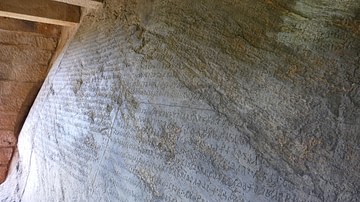
Definition
The Edicts of Ashoka the Great
The Edicts of Ashoka are 33 inscriptions engraved on pillars, large stones, and cave walls by Ashoka the Great (r. 268-232 BCE), the third king of the Mauryan Empire (322-185 BCE) of India. One set, the so-called Major Rock Edicts, are consistent...
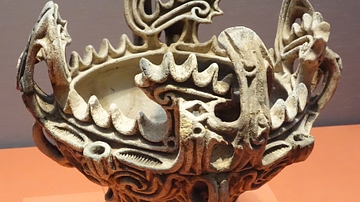
Image
Jomon 'fire-flame' Vessel
A Jomon pottery vessel with the decorative style known as 'fire-flame'. Jomon Period, 3000-2000 BCE, Sasayama site, Niigata Prefecture. Japan. (Tokyo National Museum)
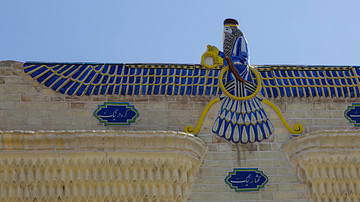
Image
A Faravahar Symbol in a Fire Temple
A Faravahar or Frawahr symbol in a Zoroastrian Fire Temple in Yazd, Iran, one of the symbols adopted by Zoroastrianism.
This symbol represents a winged guardian or fravashi, an angelic being of the Zoroastrian religion.
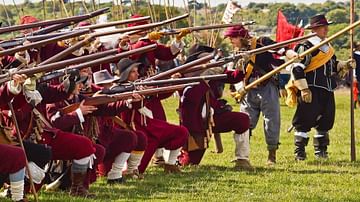
Image
Musketeers Presenting Volley-Fire
Re-enactors of the Sealed Knot, an English Civil Wars (1642-51) group demonstrating the volley-fire tactics of musketeers.
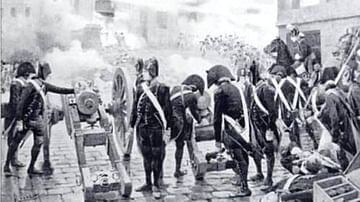
Image
Bonaparte's Guns Fire on the Royalist Mob, 13 Vendémiaire Year IV
General Napoleon Bonaparte's guns fire into a mob of royalist insurrectionists during the Revolt of 13 Vendémiaire Year IV (5 October 1795), the famous "whiff of grapeshot". Drawing by Felician Myrbach, 19th century.
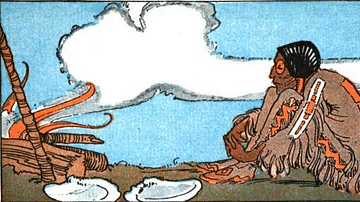
Image
Iktomi Sitting by the Fire
The supernatural entity/trickster-spirit Iktomi (Unktomi) depicted sitting in human form in front of a fire cooking ducks. Image taken from modern artist Gertrude Spaller's illustration of the story of Iktomi and the Ducks included in The...
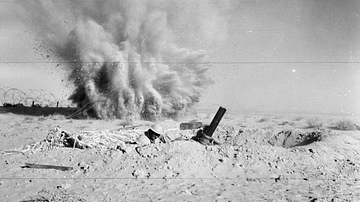
Image
Under Fire at El Alamein
A photograph showing Allied troops under Axis fire during the Second Battle of El Alamein (Oct-Nov 1942) in the Western Desert Campaigns (June 1940 to January 1943) in North Africa. (Imperial War Museums)